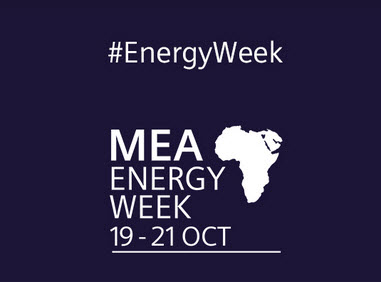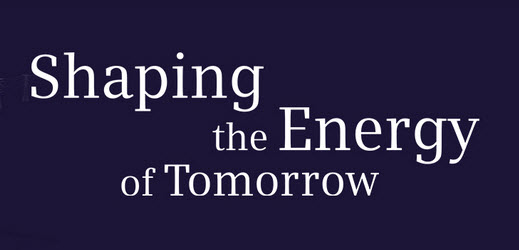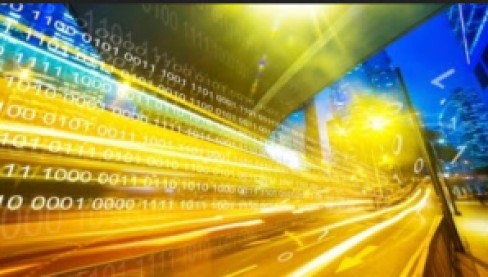
Our landscapes seem never to change, power transmission lines spread out across the land as far as the eye can see delivering our electricity. Nothing seems to change, but nothing actually is as far from the truth.
The electricity industry is waging a sweeping transformation and in a recent report by Black & Veatch providing the present position of the state of Electricity called Strategic Directions: Electric Report, where they have gathered 600 power utility stakeholders to offer the challenges and opportunities that are occurring in the transformation being undertaken.
The challenges and opportunities are all caught up in a constantly shifting, complex ecosystem of everything, from conventional power generation to the renewable energies sources derived from the wind and sun and the significant changes underway in the use of putting in place microgrid systems.
I want to briefly summarize this report, one I would certainly recommend spending time in reading. Continue reading



 Is deep decarbonization possible? The level of investments will be substantial and require enormous changes to the energy system we have in place today.
Is deep decarbonization possible? The level of investments will be substantial and require enormous changes to the energy system we have in place today. The significant shifts we are undergoing in the energy transitions today are allowing real innovation opportunities when you survey the innovation landscape. The challenge is spotting and seizing these opportunities.
The significant shifts we are undergoing in the energy transitions today are allowing real innovation opportunities when you survey the innovation landscape. The challenge is spotting and seizing these opportunities.
 Something that will take thirty to forty years to turn from being ambitious and full of intent into realization is hard to relate too. Hydrogen is one of those promised solutions that can potentially allow us to achieve our “net-zero” carbon ambitions that have been “set in stone” (The Paris Agreement) dealing with greenhouse-gas-emissions mitigation, signed in 2016 that we need to achieve by 2050.
Something that will take thirty to forty years to turn from being ambitious and full of intent into realization is hard to relate too. Hydrogen is one of those promised solutions that can potentially allow us to achieve our “net-zero” carbon ambitions that have been “set in stone” (The Paris Agreement) dealing with greenhouse-gas-emissions mitigation, signed in 2016 that we need to achieve by 2050.
 Smart infrastructure connects many parts of the city both physically and digitally. Services that capture the relevant information enable the deployment and introduction of the appropriate assets as the solutions.
Smart infrastructure connects many parts of the city both physically and digitally. Services that capture the relevant information enable the deployment and introduction of the appropriate assets as the solutions.